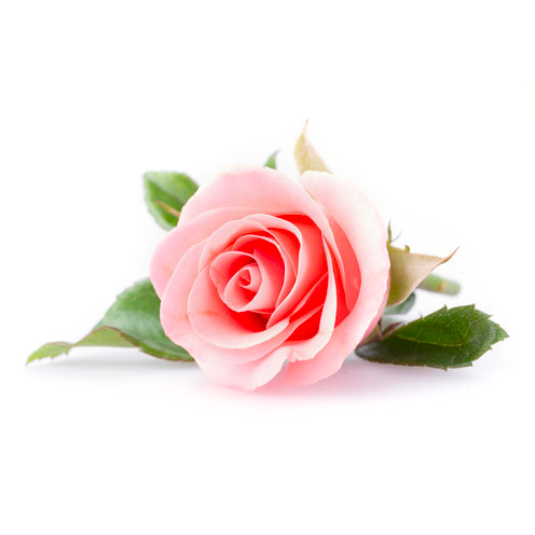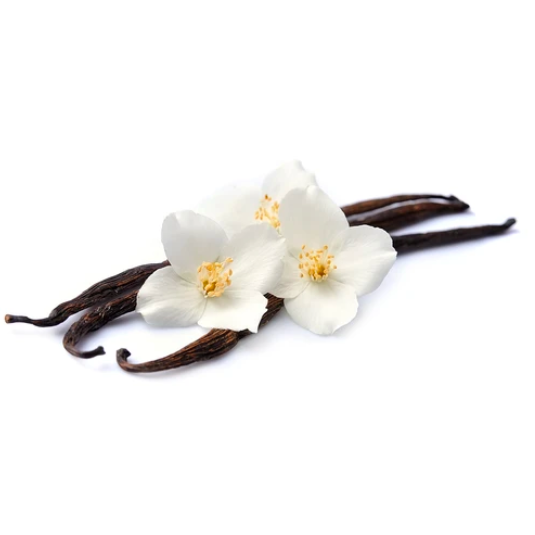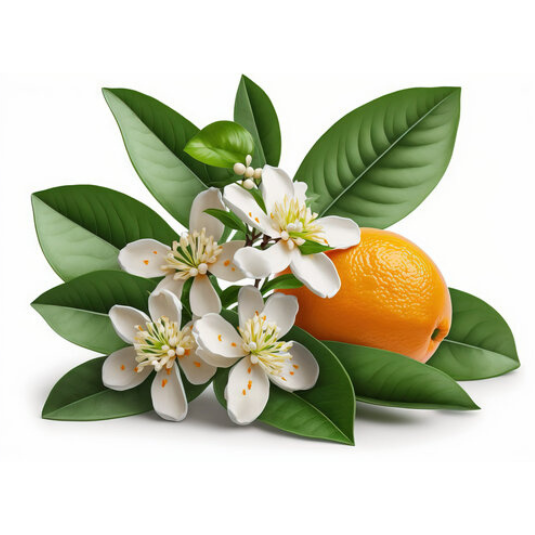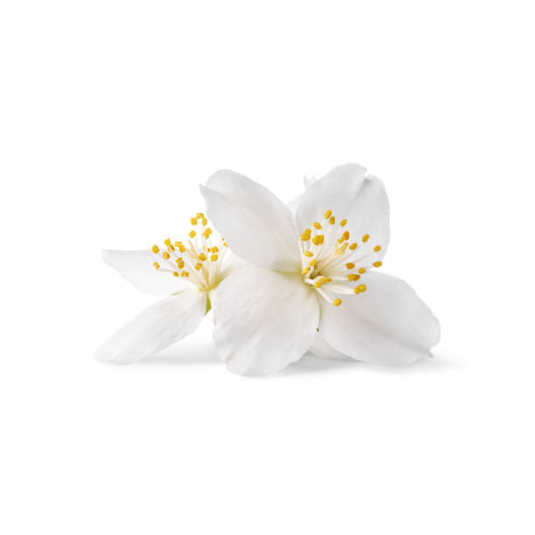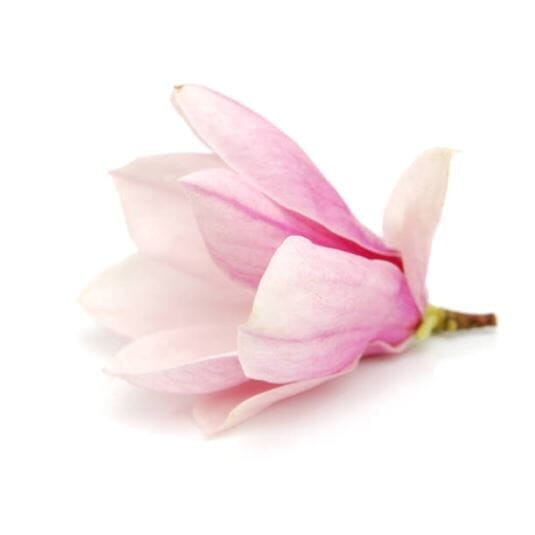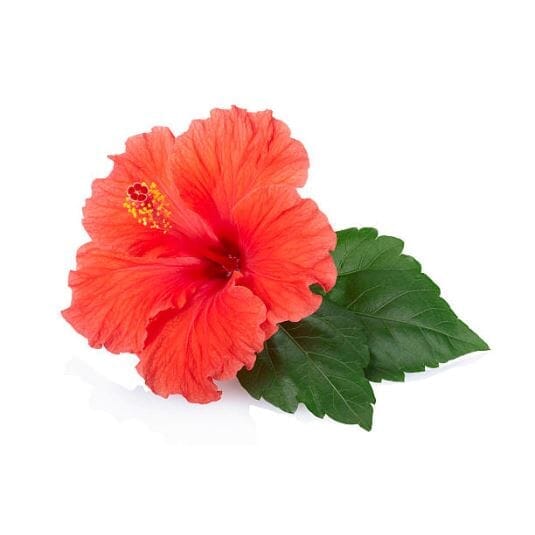Bon Parfumeur Peony Perfumes
If you're looking for a peony fragrance, check out our802 Eau de Parfum . An extremely delicate fragrance that evokes the morning dew in a Japanese garden. The top notes are a very fresh, almost watery opening with bamboo, lotus, and violet. Then, the delicate heart of peony and freesia is revealed. The airy musks prolong this bubble of softness.
What does the word peony mean?
The scientific name for the peony is “paeonia,” which comes from Paeon: the physician of the Olympian gods in Greek mythology. According to legend, Paeon was transformed into a flower by Zeus to protect him from the jealousy of his fellow physicians. The peony is also called the “flower of shame” in China, as its shape resembles that of female genitals. There are several varieties of peonies, each with a different color and shape. The most common varieties are the herbaceous peony, which blooms annually from a rhizome, and the tree peony, which can grow several meters tall and bloom in late spring.
In the beginning…
The peony has a long history in China and Japan, where it is considered a sacred flower. It was often used in religious ceremonies and royal weddings. In Europe, the peony arrived in the 18th century thanks to explorers who brought it back from China and Japan. It quickly became popular in the gardens of aristocratic homes, where it was cultivated for its beauty and rarity. Today, the peony is cultivated in many countries, particularly in France, where it is used to make fine perfumes.
The peony, also called the "thornless rose," is native to Asia, particularly China and Tibet. It has been cultivated there for over two thousand years for its medicinal properties, particularly to treat menstrual disorders and abdominal pain. It is also used in traditional Chinese medicine for its anti-inflammatory and antioxidant properties. In Japan, the peony is considered a flower of nobility and beauty, symbolizing courage, wealth, and honor. The peony is so highly valued that festivals are dedicated to it every year, where the most beautiful flowers are exhibited and admired by thousands of visitors. The peony is also very present in Japanese art, particularly in prints and paintings, where it is represented in an elegant and refined manner.
The peony fragrance recreated through accords
The ingredient peony is often created from accords because it is a mute flower. This expression describes flowers that, although they give off a powerful and pleasant fragrance, cannot be used to extract an essence usable in perfume creation. No traditional extraction method can capture their essence, so it is necessary to artificially recreate their scent. Furthermore, due to its availability as a raw material, the peony is a delicate and fragile flower, it can be difficult to extract a sufficient quantity of essential oil from the flower to meet the demand of the perfume industry. Finally, by using accords rather than pure peony extracts, perfumers can reduce their dependence on limited natural resources. This helps preserve peony flowers and prevent overexploitation of resources.
What did you know about peonies in perfumery?
The processing and transformation of peony accords into perfumery involves several steps. Here is an overview of the general process:
• The wording of the agreement.
• Mixing the ingredients to obtain the desired peony accord.
• The evaluation and adjustment of the accord evaluated by the perfumer according to his desired olfactory expectations.
• The integration of the composition.
• Maturation and maceration for a specific period.
• Filtration and stabilization to eliminate any unwanted residues or particles.
It should be noted that the process of processing and transforming accords can vary depending on the perfumer's techniques and preferences, as well as industry standards. Each perfumer has their own approach and artistic vision, which may be reflected in the specific methods and steps used.
The peony is a flower with soft, delicate floral notes, with a slightly fruity hint. It is often described as feminine and romantic, with a subtle spicy note. Different varieties of peony can have different shades, ranging from pale pink to deep red, with variations in floral and fruity notes. As a perfume note, peony can add depth and complexity to a floral fragrance, or bring a romantic touch to a fruity fragrance.
The peony accord is a key element in creating sophisticated and elegant fragrances. Perfumers often use peony as a heart note to create complex floral fragrances. The accord can be combined with fresh, fruity notes to create an invigorating and refreshing scent, or with woody notes to add depth and sophistication to the fragrance. The use of the peony accord in men's fragrances is increasingly popular. Men's fragrances containing peony can be combined with notes of bergamot, grapefruit, and lemon to create a light and fresh scent, perfect for a summer day. Notes of cedar, sandalwood, and vetiver can then be added to create a masculine and sophisticated scent.
GOOD TO KNOW!
Peony has been used in traditional Chinese medicine for thousands of years to treat a variety of ailments. Its soothing and relaxing properties make it a popular ingredient in aromatherapy. In addition to reducing stress and calming the mind, peony is also used to relieve menstrual pain and cramps. It is also known for its anti-inflammatory and antispasmodic properties, making it useful for treating muscle and joint pain. Peony also has anti-aging properties due to its natural antioxidants. It helps reduce the appearance of wrinkles and age spots, while improving skin elasticity.
The legendary peony perfumes
The perfume industry is full of many peony perfumes that have marked the history of perfumery:
• Peony & Blush Suede Eau de Parfum from Jo Malone , which combines the olfactory note of peony with red apple, jasmine and rose to create a sophisticated and elegant floral fragrance.
• Pivoine Suzhou from the house of Armani Privé is another famous perfume based on peony, which is combined with base notes of mandarin, rose and patchouli to create an oriental and sensual fragrance.
• Chance Eau Tendre by Chanel , whose olfactory pyramid combines peony with fruity and musky notes to create a luminous and romantic fragrance.
• Miss Dior Blooming Bouquet Eau de Toilette from the House of Dior is another famous perfume based on peony that is combined with notes of grapefruit, rose and musk to create a soft and delicate floral fragrance.
To learn more about our creations for men and women, discover our entire collection online or come and meet us in store.




